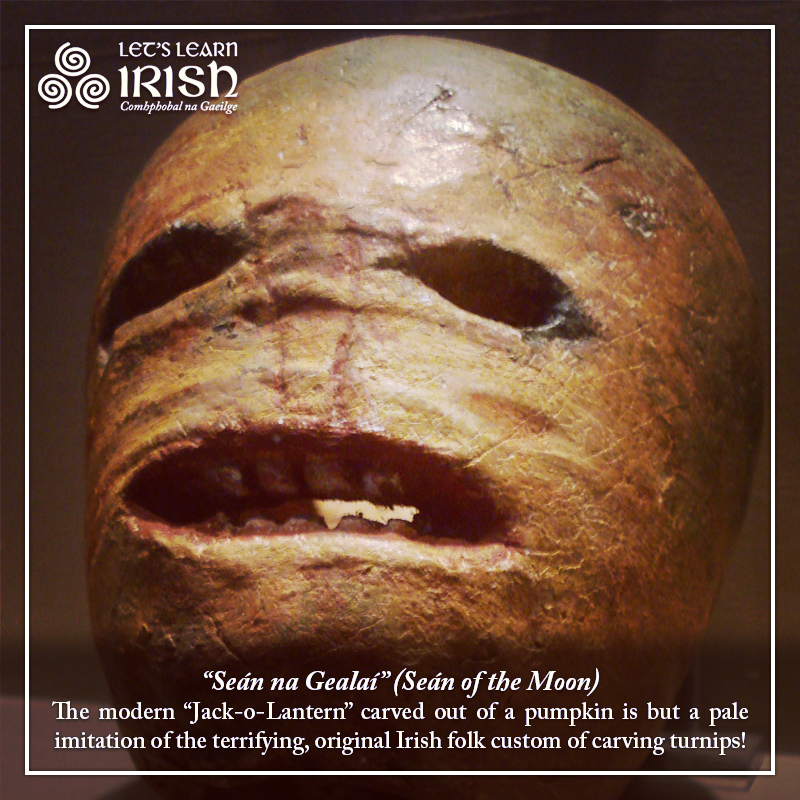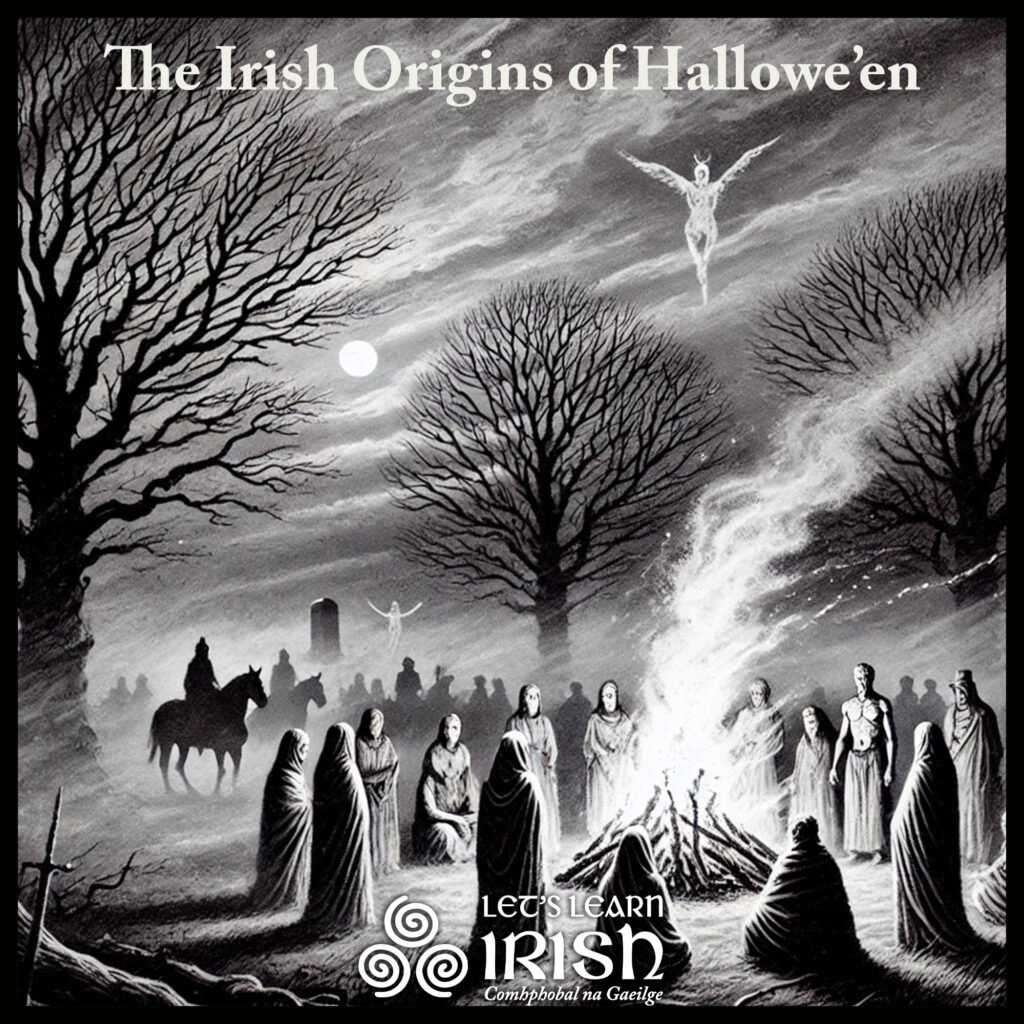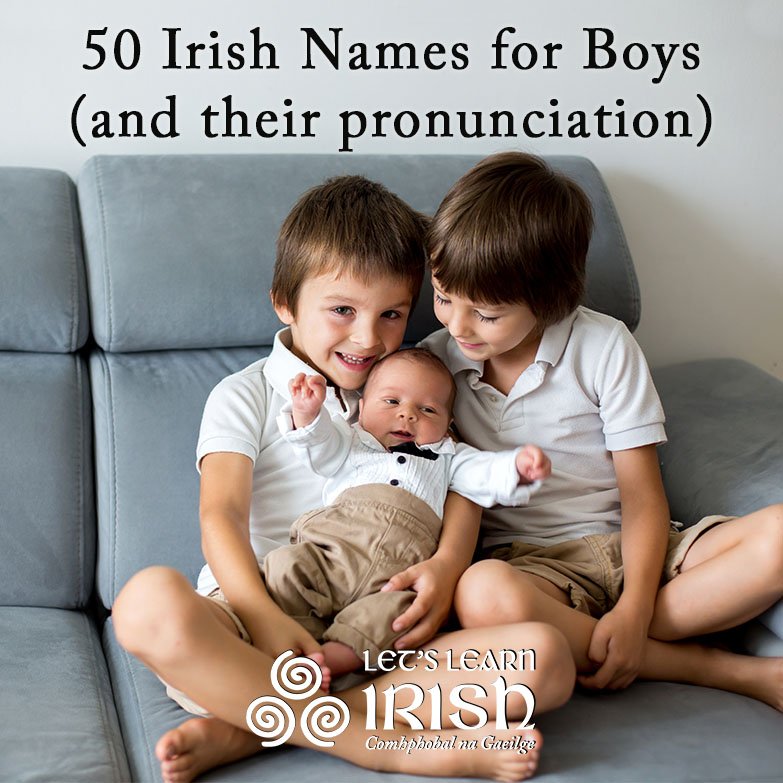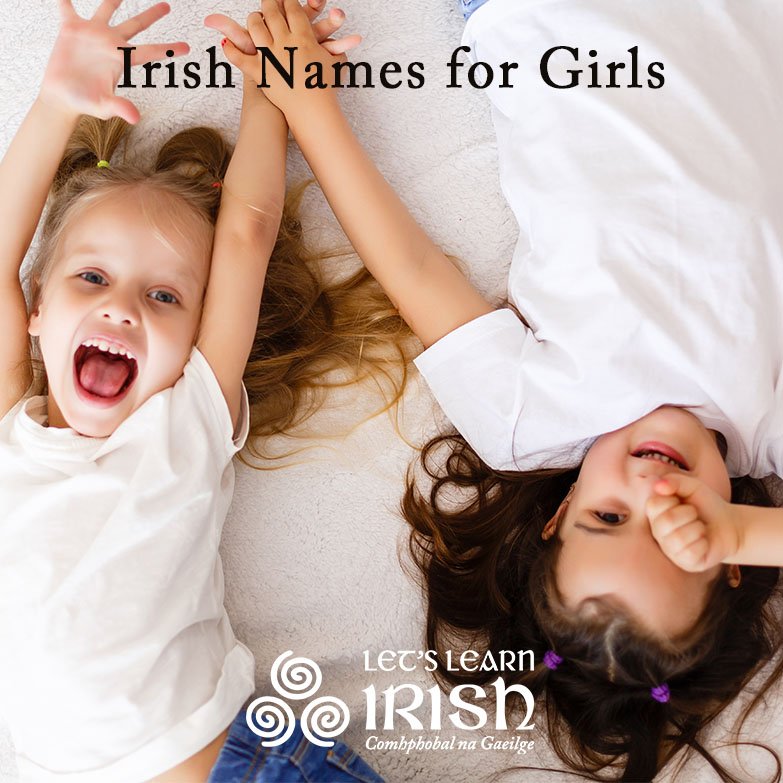The History of the Jack-O-Lantern
Creid é nó ná creid – Believe it or not – but Jack-O-Lanterns (‘Seán na Gealaí’) were traditionally made from turnips! This spooky tradition was part of Samhain, the ancient pagan festival of Ireland, when Celts marked the end of summer and the beginning of the Celtic new year. Over the centuries, Samhain transformed into All Hallows’ Eve, the evening before November 1, or what’s now referred to as Oíche Shamna, or ‘Hallowe’en’. The tradition of carving Jack-O-Lanterns has stuck, and remains an iconic part of this bewitching festival.
The origin of the name Jack-O-Lantern traces back to 18th-century folktale of Stingy Jack, a miserly blacksmith known for his fondness for mischief and booze. The tale goes that Stingy Jack tricked the devil not once, but twice. It came to pass that when the unsavoury Jack eventually died, he found himself barred from heaven…but also from hell! When he appeared at the gates of hell, the devil took a degree of pity on Stingy Jack, tossing him an ember of coal to light his turnip lantern as he wandered between both worlds for eternity – thus inspiring the nickname Jack-of-the-Lantern.
Over time, Irish people carved frightening faces into root vegetables such as beets, potatoes, and turnips – usually plentiful after the recent harvest – as protection from Stingy Jack and other restless spirits wandering between heaven and hell on Hallowe’en night. Folks believed that leaving spooky carvings outside their homes, or carrying jack-o-lanterns, would protect them from harm and offer light in their dark surroundings (this practise began to fade somewhat with the nationwide electrification in the 1930s).
The Hallowe’en custom of the Jack-O-Lanterns came to America through Irish immigrants in the 1840s, who soon discovered that pumpkins were cheaper and easier to carve up! The practise remains undimmed in the USA – in 2021, for example, farmers in the top six pumpkin-producing States harvested more than 1 billion pounds of pumpkins combined! Ar aghaidh leat, a Sheáin na Gealaí!
Bígí páirteach!
Join the online Irish community at LetsLearnIrish.com.
Follow on social media @LetsLearnIrish.






